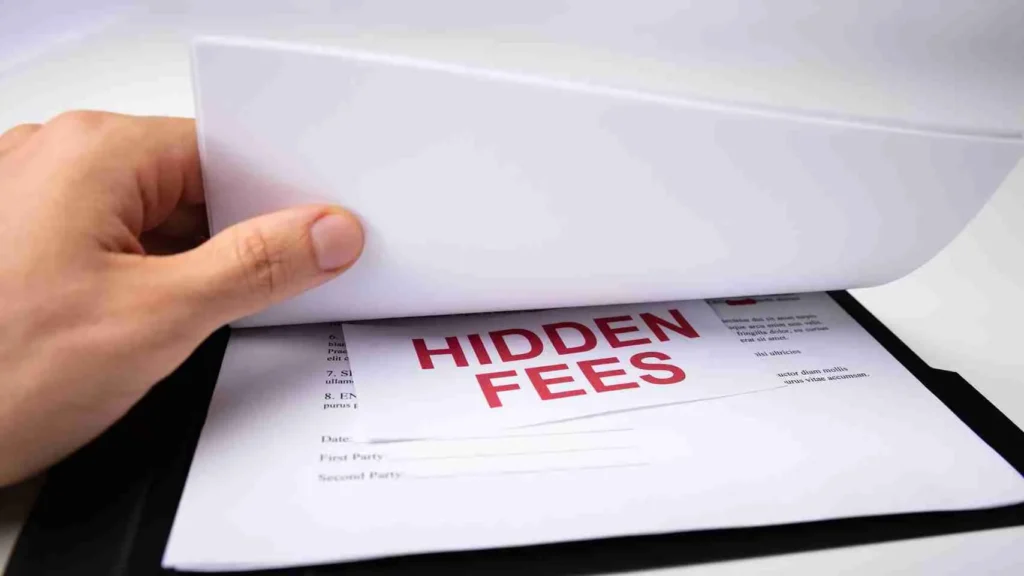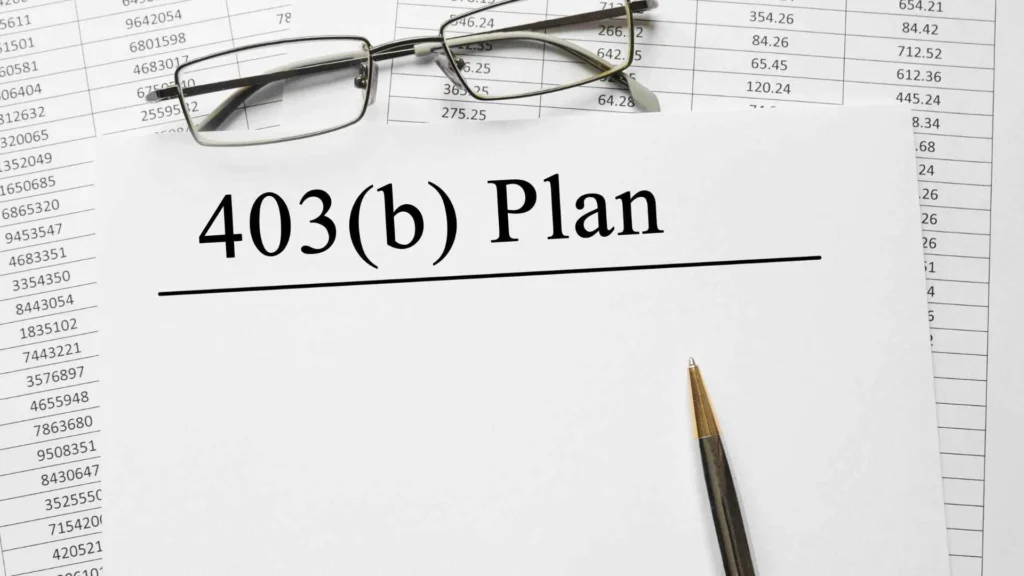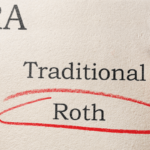If you opt for a traditional 403(b) plan, you don’t pay taxes on the money you pay until you begin making withdrawals after you retire. And remember, most people fall into a lower tax bracket after retirement. You will be able to change your investment choices without losing much, except for the trading fees.
Beware of the high fees and choose the most favourable plans. Then, you can offset the plan’s fees with the benefits it offers.
You will learn:
- Why put money in a 403(b)plan?
- Fees and costs in a 403(b) plan
- Alternatives of withdrawing from 403(b)
- Conclusion
Why 403(b) Plan?
If you opt for a traditional 403(b) plan, you don’t pay taxes on the money you pay until you begin making withdrawals after you retire.
There are some interesting advantages of a 403(b). Investment choices may, though, be more limited with a 403(b), and some accounts offer less protection from creditors than 401(k)s. However, the question is whether these limited choices and higher fees in 403(b) overcome all of the financial benefits that it may hold in the long term.

Advantages With A 403(b) Plan:
- Immediate tax savings on your contributions
- Faster vesting funds
- Ability to make additional catch-up contributions
- The potential to develop a sizeable nest egg over the long term
- Automatic Payroll Deductions With dollar cost averaging, you buy more shares when prices are low and fewer when prices are high.
- The amount your employer contributes is money you receive above and beyond your regular salary.
- A Variety of Investment Options
- Some 403(b) plans offer a loan provision that enables participants to borrow from their account.
- Through your Financial Professional, you have the opportunity to participate in professional investment management services.
Hidden Fees and Costs In A 403(b) Plan
For the most part, 403(b) plans are the nonprofit world’s answer to the 401(k). But 403(b) plans have higher investment fees. Typically, it’s teachers and healthcare workers who are covered by these plans, so they’re the ones who have the highest fees for their retirement plans. How can that be?
Review various 403b statements and plan documents closely before you potentially roll over assets from a previous 403b plan. The fees can vary greatly in terms of the percentage. Choose the most beneficial alternative with the lowest fees that can make your money grow until the day you retire.
Administrial Fees:
- Recordkeeping Fees
- Custodial Fees
- Participant Account Fees
- Annual Maintenance Fees
- Compliance Fees
- Communication and Educational Fees
Investment Fees:
- Expense Ratios
- Sales Loads
- Transaction Fees
- Redemption Fees
Individual Service Fees:
- Loan Fees
- Hardship Withdrawal Fees
- Qualified Domestic Relations Order Fees
- Estate Planning and legal document Fees
Factors Influencing the Cost of a 403(b) Plan
- Different Providers have Varying Fee Structures
- Variety, Quality, and Cost-efficiency of Investment options Impact overall cost
- Larger plans benefit from economies of scale and reduced costs.
- Smaller Plans May Have Higher Per-Participant Cost.
- Additional Services May Result in Higher Administrative Fees
- Ensuring Compliance Incurs Costs Reflected in Administrative Fees
- Consider Associated Expenses when Evaluating Overall Plan Cost
One of the most important documents for 403 b and 401 k plan participants is the summary plan description or SPD. Per the Employee Retirement Income Security Act (ERISA), participants are required to receive this annually by law from the Plan Administrator.

403(b) Contribution Limits
The 2024 403(b) contribution limit is $23,000 for pretax and Roth employee contributions and $69,0000 for employer and employee contributions. Employees who are 50 and older can save an extra $7,500 in catch-up contributions, bringing their employee contribution limit to $30,500. As of 2023, your total contributions can’t surpass your yearly earnings at the employer that offers your plan.
Withdrawing From a 403(b) Plan
According to the IRS, there are several circumstances in which a person can withdraw money from a 403(b) plan. Some ways don’t incur a penalty fee of 10% on the amount withdrawn, but some do.
Here are the ways you can take money out of a 403(b) account without paying a penalty fee:
- Reach age 59 ½
- Reach age 55 and leave their employer – A person can access the money in their 403(b) without paying a penalty. When withdrawing from a traditional 403(b), a person will have to pay ordinary income taxes.
- Become disabled: If someone is found to be totally and permanently disabled, as defined by the IRS, they can withdraw from their 403(b) without paying a penalty. They will still owe income taxes.
- Die: If a plan participant dies, their designated beneficiaries can withdraw money penalty-free but will owe taxes on the amount withdrawn.
Circumstances where you can take money out of a 403(b) but would have to pay a penalty of 10% of the amount withdrawn on top of regular income taxes:
- Leave their employer and withdraw the money – If an employee decides against a rollover and withdraws the money as a distribution without meeting an exception, it will result in a 10% penalty on top of regular income taxes. An exception could be a disability or retirement age.
- Financial hardship
- Medical expenses
- Buying a primary residence
- Educational expenses after high school
- Fixing damage to one’s primary home
Alternatives to withdrawing money from a 403(b) plan
There are alternatives to withdrawing from a 403(b) account to cover expenses before retirement:
- Use emergency savings– Before withdrawing funds from a retirement account, an individual might consider using any emergency savings to cover costs.
- Borrow money – An individual can obtain a personal loan from a bank or apply for a credit card. Homeowners could apply for a home equity line of credit or refinance their mortgage to borrow more money. Taking on debt isn’t something to take lightly. However, someone might calculate that the costs of missing out on the tax-advantaged savings in a 403(b) and paying penalties and taxes on an early 403(b) withdrawal may be greater than the risk of taking on debt.
Conclusion
In most circumstances, however, taking early distributions will incur a 10% penalty on the withdrawn amount. Taking money out from a retirement fund early means the retirement income cannot continue to grow and be part of a future financial plan. As such, individuals may want to consider all the alternatives before withdrawing funds from their retirement accounts.
Similar Read:





